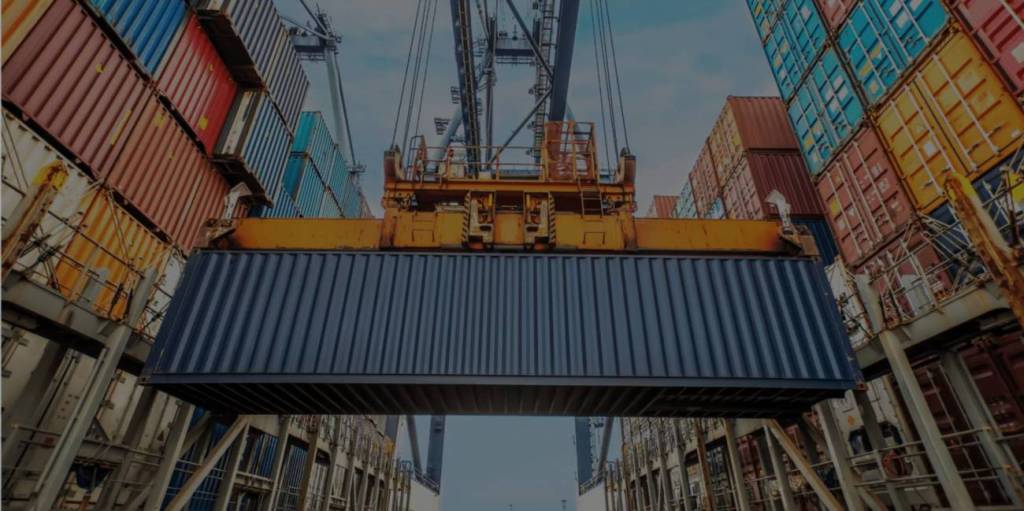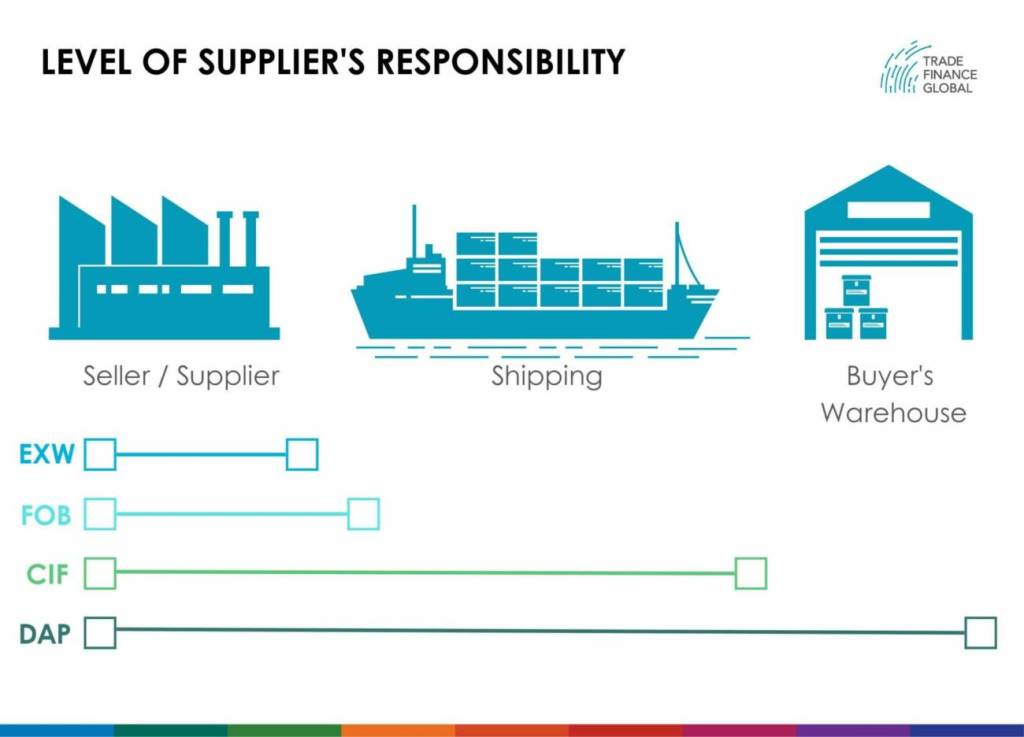Ocean Freight

Access trade, receivables and supply chain finance
We assist companies to access trade and receivables finance through our relationships with 270+ banks, funds and alternative finance houses.
Get StartedContents
What is Ocean Freight?
Ocean freight (or sea freight) is the most common form of transport for importers and exporters, accounting for 90% of goods transported globally. Shipping by ocean freight is complicated however, so we’ve put together this shipping guide to ensure you have all bases covered – from Bills of Lading to Incoterms, and Container Ships to Insurance.
What are the advantages of ocean freight?
- Cost Effective – transporting containers of goods by ship is the one of the most cost effective forms of transport, which is important supply chain management and operations within a business and can help keep the price of goods competitive for the end customers
- Heavy goods – for items that are big or heavy, shipping might be the only way to get goods overseas, as airlines can restrict form of transport and shipping ports generally have large storage capabilities
- Environmentally Friendly – ocean freight is the most environmentally friendly form of transport for cargo, which can help boost the companies brand and reputation

Types of Ocean Freight
There are four major types of shipping terms that you should know about, also known as incoterms (International Commerce Terms), which set out clear definitions for where the goods are dispatched from, and to.
- EXW, or ExWorks means the supplier transports the goods to the factory or manufacturer.
- FOB, or Free on Board, which delivers to the port or terminal in the country of the supplier.
- CIF, or Cost, Insurance and Freight, which covers transport to the buyer’s country
- DAP/ DDU, or Delivery at Port / Delivery and Duty, Unpaid, which delivers all the way to your facility or warehouse, excluding the cost of tariffs and taxes

In short, the buyer can arrange for their own freight agent and delivery, or deliver using the sellers freight forwarder (possibly incurring some form of mark up or cost).
Generally speaking, suppliers will give a quote for an ExWorks or Free on Board transport service when delivering goods.
What not to ship by Sea Freight:
The following goods cannot be transported by ship
How are goods shipped?
Goods are loaded onto containers which are then shipped. There are several types of containers which come in different shapes and sizes, but we’ve highlighted the main three types of containers here:
- 20’GP = 20’DV = 20FT = 20′ = 20 feet general purpose
- 40’GP = 40’DV = 40FT = 40′ = 40 feet general purpose
- 40’HC = 40’HQ = 40 feet high cube
Like with Air Freight, shipping goods can be consolidated to benefit economies of scale and reduce the price, this is known as LCL (Less Container Load). If you are shipping enough goods to fit into one container, or the goods are fragile or contain chemicals / liquids, it may be good to consider FCL shipment, Full Container Load.
Read our guide on FCL versus LCL and the advantages / disadvantages of each shipment type.
Containers and goods are delivered to a Container Freight Station or Container Yard for consolidation and loading onto a ship.
What is the cost of ocean and sea freight?
There are numerous tariffs and costs to consider when having goods shipped or importing goods from overseas. It depends on the agreement with your supplier – will they just be delivering to their port, your terminal, your warehouse? Be sure to know which incoterm relates to your shipping contract, so that the responsibility between yourself and the supplier is clear.
Fees include, but aren’t limited to:
- LCL or FCL fees
- Transportation to Port of Loading
- Export customs declaration
- Loading port fees
- Ocean freight charge
- Insurance
- Destination port fees
- Import customs clearance
- Customs duty/tax
- Transportation from the Port of Destination
- Destination country customs related fee (i.e. Duty/Tax)
- Destination port/terminal handling fee (i.e. THC)
- Destination agent service fee (i.e. D/O)
Bill of Lading and Shipping
Shipping goods also requires a Bill of Lading (BL), for sea freight, these are called Seaway or Ocean Bills of Lading. A Bill of Lading lists the cargo that will be loaded or carried on a ship, given to the consignee of the goods. A Bill of Lading can act as a receipt that goods are loaded, a form of contract to demonstrate that goods are being shipped, and a document to the title of goods.
Read our guide on Bills of Lading and what you need to do here.
Trade Finance Global has a network of freight forwarders, freight experts and shipping / logistics partners that can help you get your goods from A to B.
Get in touch with our Freight Forwarding networking team here.
Testimonials
Given that lithium batteries cannot be transported by air freight, Trade Finance Global worked with their network to ensure the speedy sea freight shipment of goods from China to the USA using shipping services from the supplier to the buyer’s warehouse so that it could ship to end customers in the USA.
– Carly S, Android Manufacturer
Case Study

Mobile Phone Distributor
TFG’s expert freight forwarding team worked with our logistics and operations department to ensure we could have our goods delivered from China in record time, owing to the fact that we could not ship our lithium battery products via air freight, but wanted to fulfil the order to our corporate end clients quickly.
- All Topics
- Key Terms
- Incoterms Resources
- Podcasts
- Videos
- Conferences















